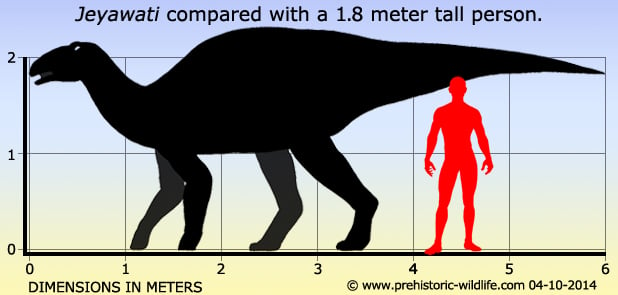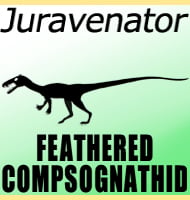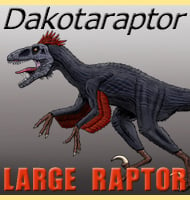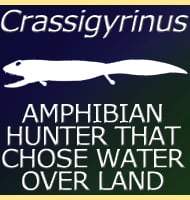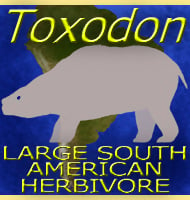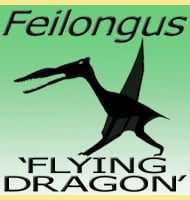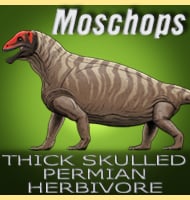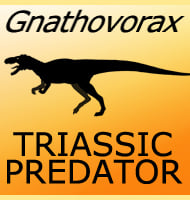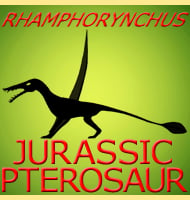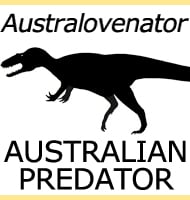In Depth
Named using the Zuni for ‘grinding mouth’ Jeyawati’s classification is a little uncertain. Usually Jeyawati is classed as a hadrosaurid, but body features have led some researchers to place Jeyawati within the much broader ornithopod classification. Further and more complete skeletal material may yet shed more light upon the body of Jeyawati resulting in a more accurate classification.
The species name J. rugoculus means wrinkle eye and is in reference to the wrinkled ridges of the skull around the eye sockets. It is uncertain why this wrinkling happened but in other dinosaurs such as the carnivorous abelisaur Rugops, the wrinkling appears to have been formed by blood vessels close to the bone, perhaps as support for a display feature. The wrinkling of the eye sockets in Jeyawati may have been for a similar display purpose, such as flushing blood into the area above the eyes to produce a bright and vivid colour in the skin. Unfortunately with the available material it is hard to be certain.
Further Reading
– A new basal hadrosauroid (Dinosauria: Ornithopoda) from the Turonian of New Mexico. – Journal of Vertebrate Paleontology. 30(3): 799–812. – Douglas G. Wolfe & James I. Kirkland – 2010.
